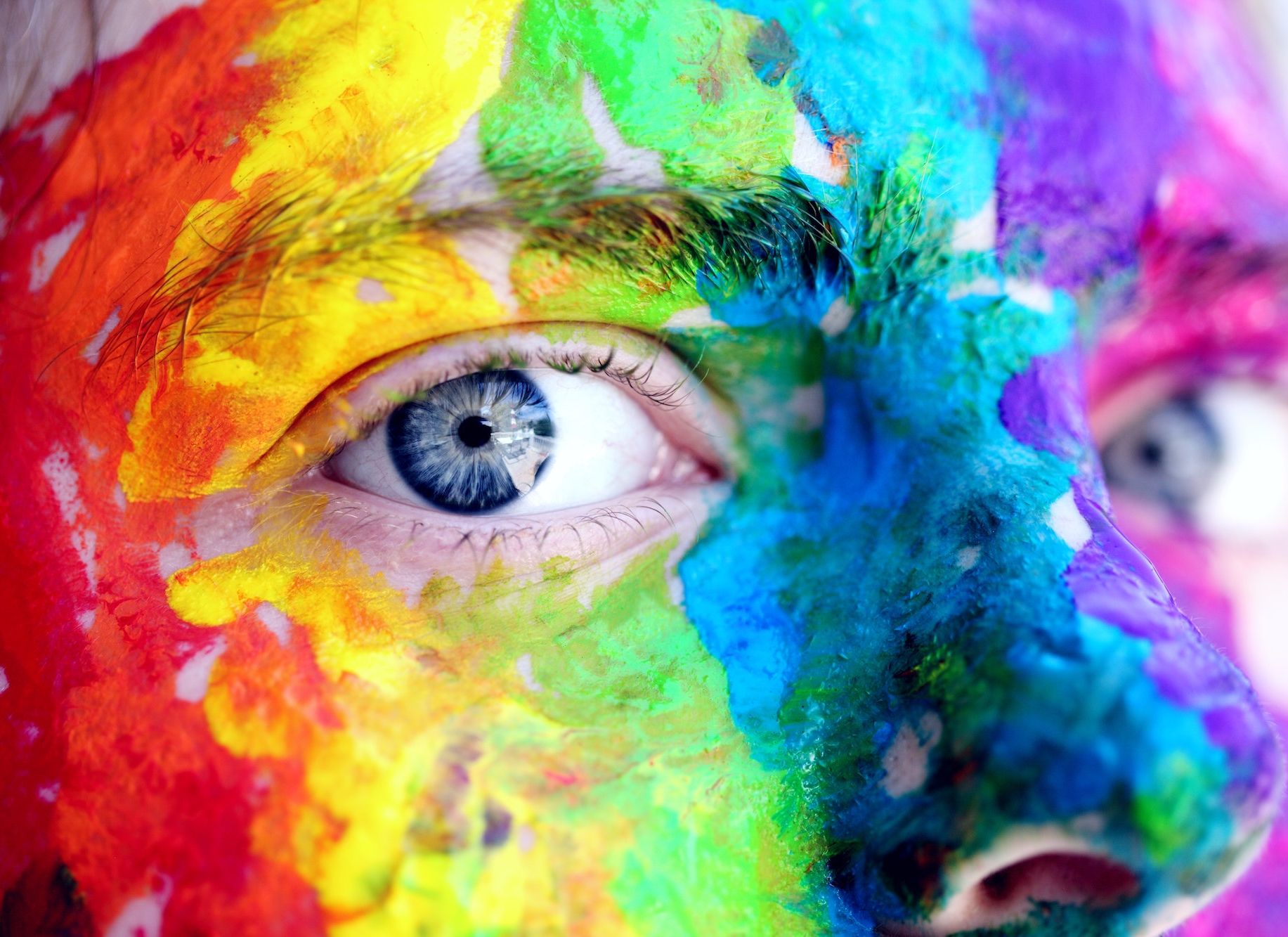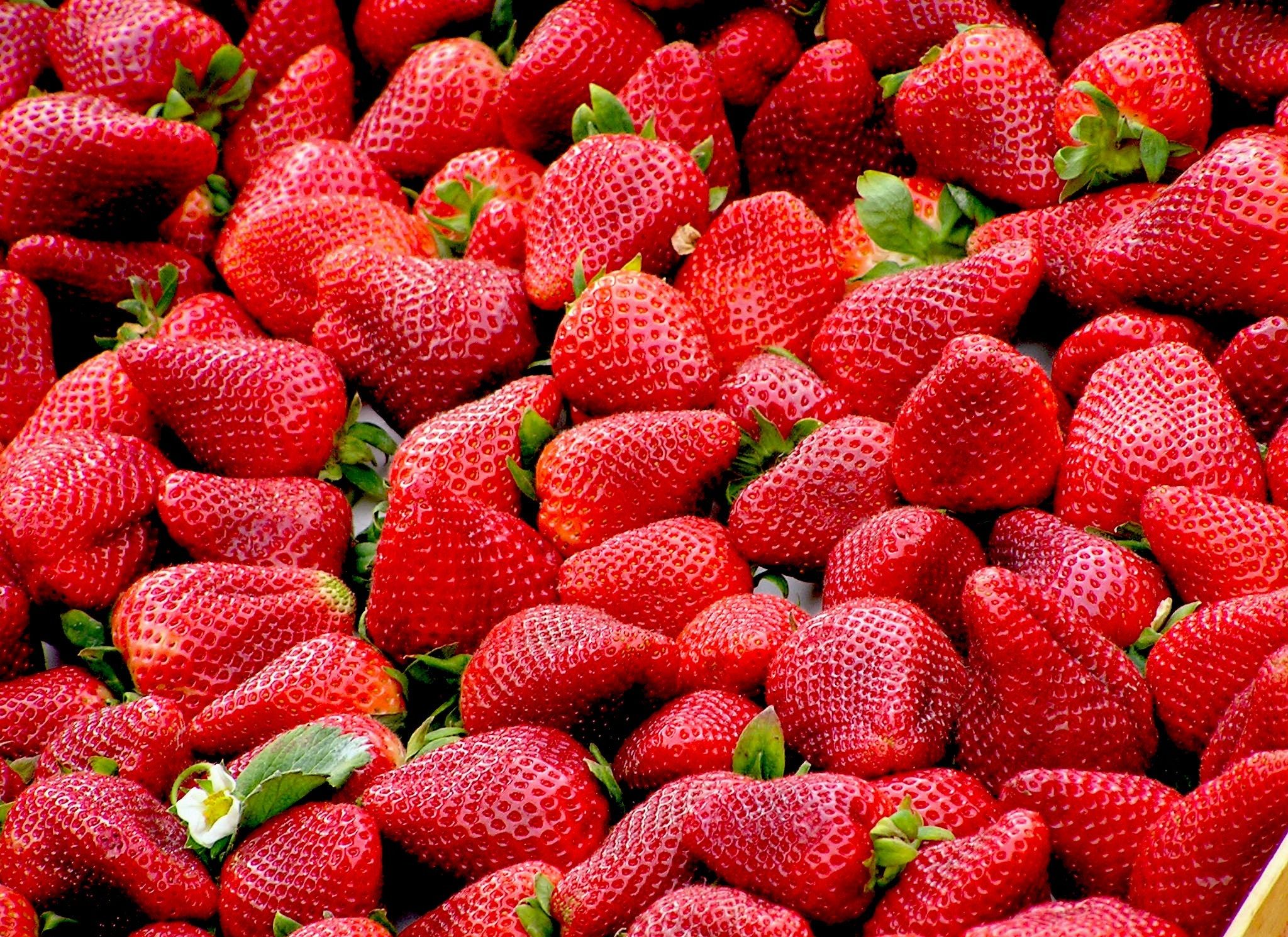Building digital representations of the world is a strategic priority for communities around the world. We are building systems for creating digital twins of people, objects, processes, and environments. We are especially interested in visual and 3D digital representations with geometry, physics, and context aware machine learning based algorithms with sound theoretical foundations and practical impact.








